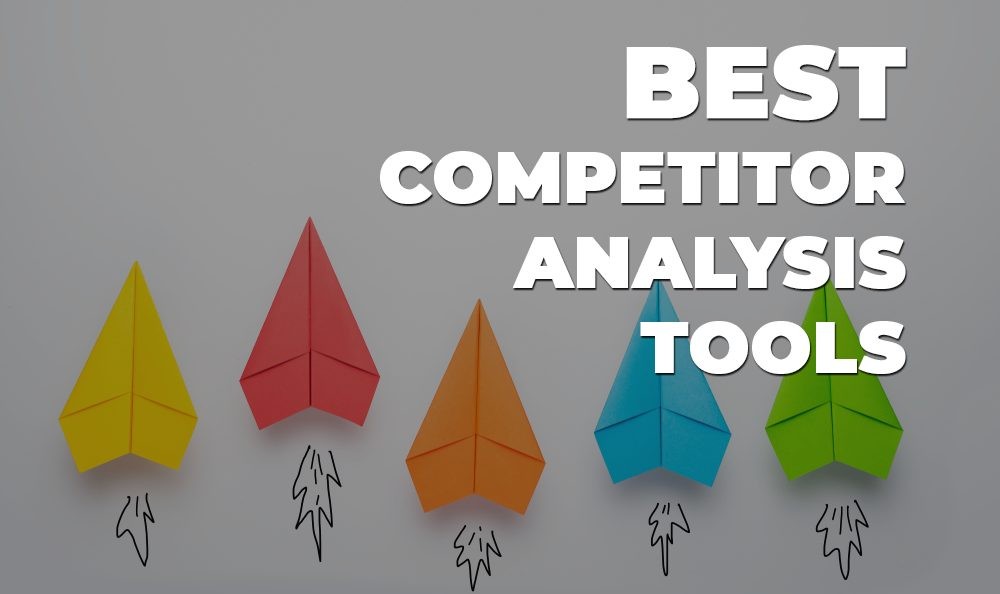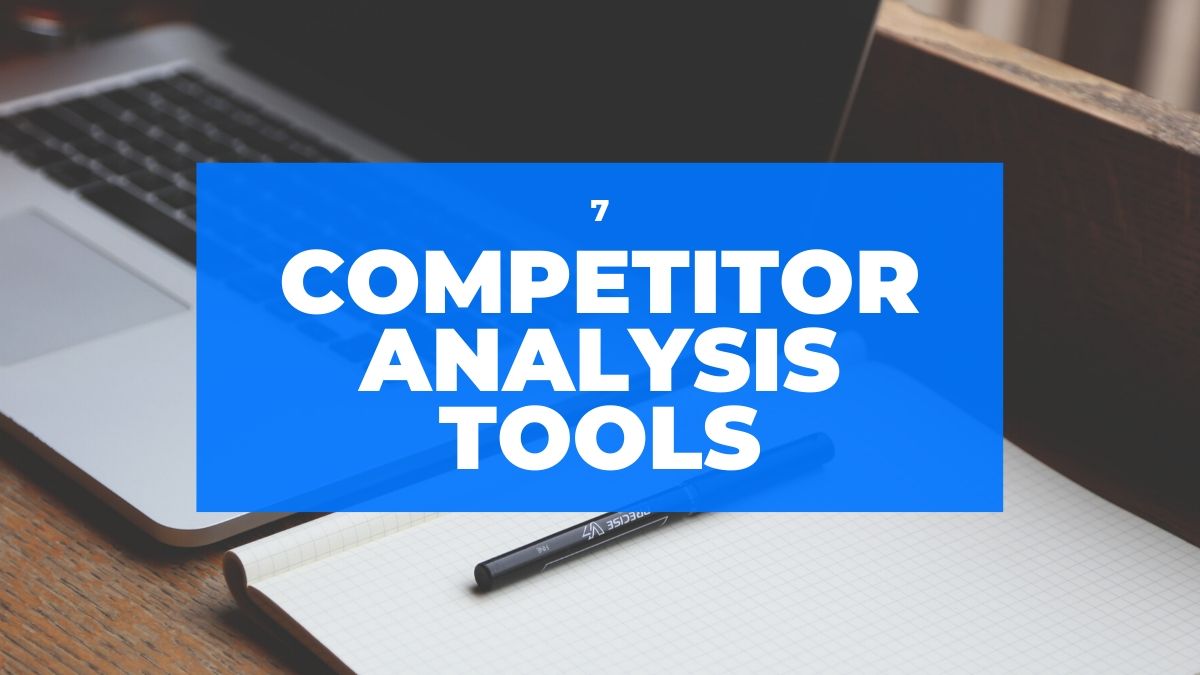Competitor analysis is an indispensable aspect of any business strategy. Understanding what your competitors are doing and how they are performing can provide invaluable insights and opportunities for growth. In today’s fast-paced digital landscape, where businesses are constantly evolving, the need for effective competitor analysis tools has become more pronounced than ever before.
Introduction to Competitor Analysis Tools

Competitor analysis tools are platforms or software designed to help businesses gather and analyze data about their competitors. These tools offer a wide range of functionalities, including monitoring competitors’ online activities, tracking their performance metrics, and identifying potential opportunities and threats in the market landscape.
Understanding the Importance of Competitor Analysis
Competitor analysis serves as a strategic compass for businesses, guiding them through the complexities of the market and helping them stay ahead of the competition. By gaining insights into competitors’ strategies, businesses can identify gaps in the market, anticipate industry trends, and refine their own marketing and business strategies accordingly.
Types of Competitor Analysis Tools
Free Tools
1. Google Alerts
Google Alerts is a free tool that allows users to monitor mentions of specific keywords or phrases across the web. By setting up alerts for competitors’ names, products, or industry keywords, businesses can stay informed about relevant news, mentions, and developments in real time.
2. SimilarWeb
SimilarWeb provides comprehensive insights into competitors’ website traffic, audience demographics, and online performance metrics. Also, with its user-friendly interface and robust analytics, SimilarWeb enables businesses to benchmark their performance against competitors and identify areas for improvement.
Paid Tools
1. SEMrush
SEMrush is a powerful all-in-one marketing toolkit that offers a wide range of features, including competitive analysis, keyword research, and backlink analysis. Also, with its extensive database and advanced reporting capabilities, SEMrush helps businesses uncover valuable insights about their competitors’ strategies and performance metrics.
2. Ahrefs
Ahrefs is a popular SEO toolset known for its comprehensive backlink analysis and keyword research capabilities. Also, by providing detailed insights into competitors’ backlink profiles, organic search traffic, and content strategies, Ahrefs empowers businesses to make data-driven decisions and optimize their online presence effectively.
3. SpyFu
SpyFu is a competitive intelligence tool that specializes in keyword research and PPC (pay-per-click) analysis. With its extensive database of keywords and ad copies, Also, SpyFu allows businesses to spy on their competitors’ advertising strategies, uncover profitable keywords, and identify potential growth opportunities.
How to Choose the Right Competitor Analytics Tool
When selecting a competitor analysis tool, it’s essential to consider factors such as your specific business goals, budget constraints, and required features. Also, conducting thorough research, reading user reviews, and exploring trial versions can help you evaluate the suitability and effectiveness of different tools for your business needs.
Key Features to Look for in Competitor Analysis Platforms
- Comprehensive Data Coverage: Ensure that the tool provides access to a wide range of data sources and metrics relevant to your industry and competitors.
- User-Friendly Interface: Look for tools that offer intuitive navigation and customizable dashboards for ease of use and accessibility.
- Advanced Analytics: Seek tools with advanced analytical capabilities, such as data visualization, trend analysis, and predictive modeling, to derive actionable insights from competitor data.
- Customizable Alerts: Opt for tools that offer customizable alert notifications and reports, allowing you to stay informed about critical changes and developments in real time.
Best Practices for Utilizing Competitor Analysis Tools
- Set Clear Objectives: Define specific goals and objectives for your competitor analysis efforts to ensure focus and alignment with your overall business strategy.
- Regular Monitoring: Establish a routine for monitoring and analyzing competitors’ activities, performance metrics, and market trends to stay informed and proactive.
- Benchmarking and Comparison: Continuously benchmark your performance against competitors and identify areas for improvement and differentiation.
- Adaptation and Iteration: Remain flexible and open to adapting your strategies based on evolving market dynamics, competitor actions, and customer feedback.
Future Trends
As technology continues to evolve and the digital landscape becomes increasingly competitive, the future of competitor analysis tools is poised for innovation and transformation. Emerging trends such as artificial intelligence, machine learning, and predictive analytics are likely to reshape the capabilities and functionalities of these tools, enabling businesses to gain deeper insights and make more informed decisions in the dynamic marketplace.
Conclusion
In conclusion, competitor analysis tools play a pivotal role in helping businesses navigate the complexities of the competitive landscape and identify opportunities for growth and differentiation. By leveraging the insights and intelligence provided by these tools, businesses can gain a competitive edge, optimize their strategies, and achieve sustainable success in their respective industries.
As you embark on your journey to outperform your competitors, consider leveraging advanced tools and technologies to stay ahead of the curve. AIM Technologies offers cutting-edge solutions designed to empower businesses like yours with actionable insights and strategic advantages. Take the next step towards success by requesting a demo from AIM Technologies today.
FAQs
What are the benefits of using competitor analysis tools?
- Competitor analysis tools help businesses gain insights into competitors’ strategies, identify market trends, and uncover opportunities for growth and differentiation.
How often should I conduct competitor analysis?
- It’s advisable to conduct competitor analysis regularly, depending on your industry dynamics and business objectives. Monthly or quarterly assessments can help you stay updated on changes and developments in the market landscape.
Can competitor analysis tools help improve my SEO performance?
- Yes, competitor analysis tools such as SEMrush and Ahrefs provide valuable insights into competitors’ backlink profiles, keyword strategies, and content performance, enabling businesses to optimize their SEO efforts effectively.
Are there any free competitor analysis tools available?
- Yes, Google Alerts and SimilarWeb are examples of free competitor analysis tools that offer basic functionalities for monitoring competitors’ activities and online performance.
How can I justify the investment in paid competitor analysis tools?
- Paid competitor analysis tools offer more advanced features, comprehensive data coverage, and actionable insights that can significantly impact your business performance and decision-making processes.


